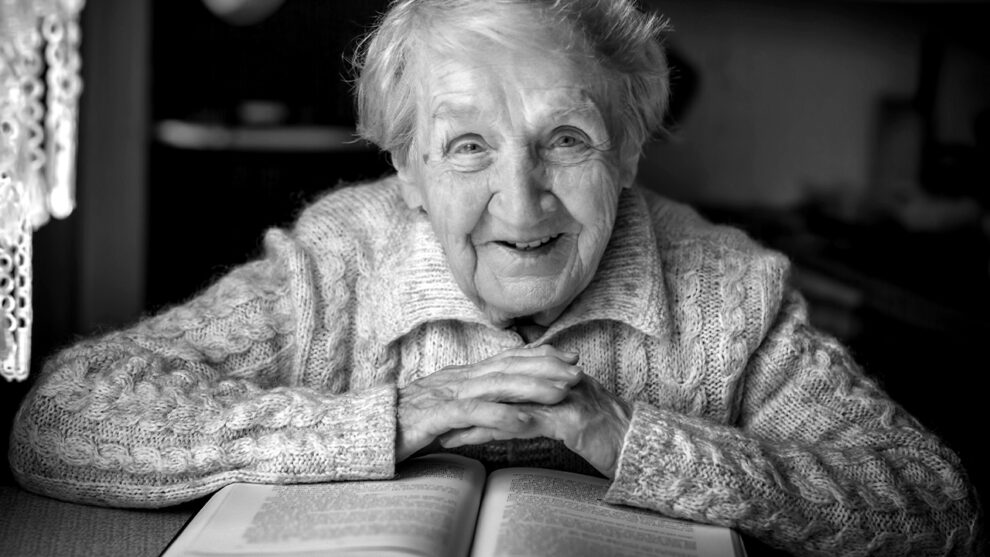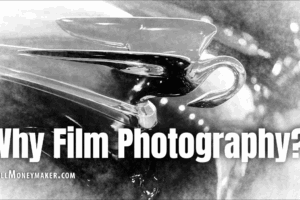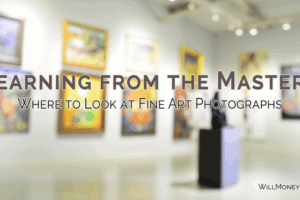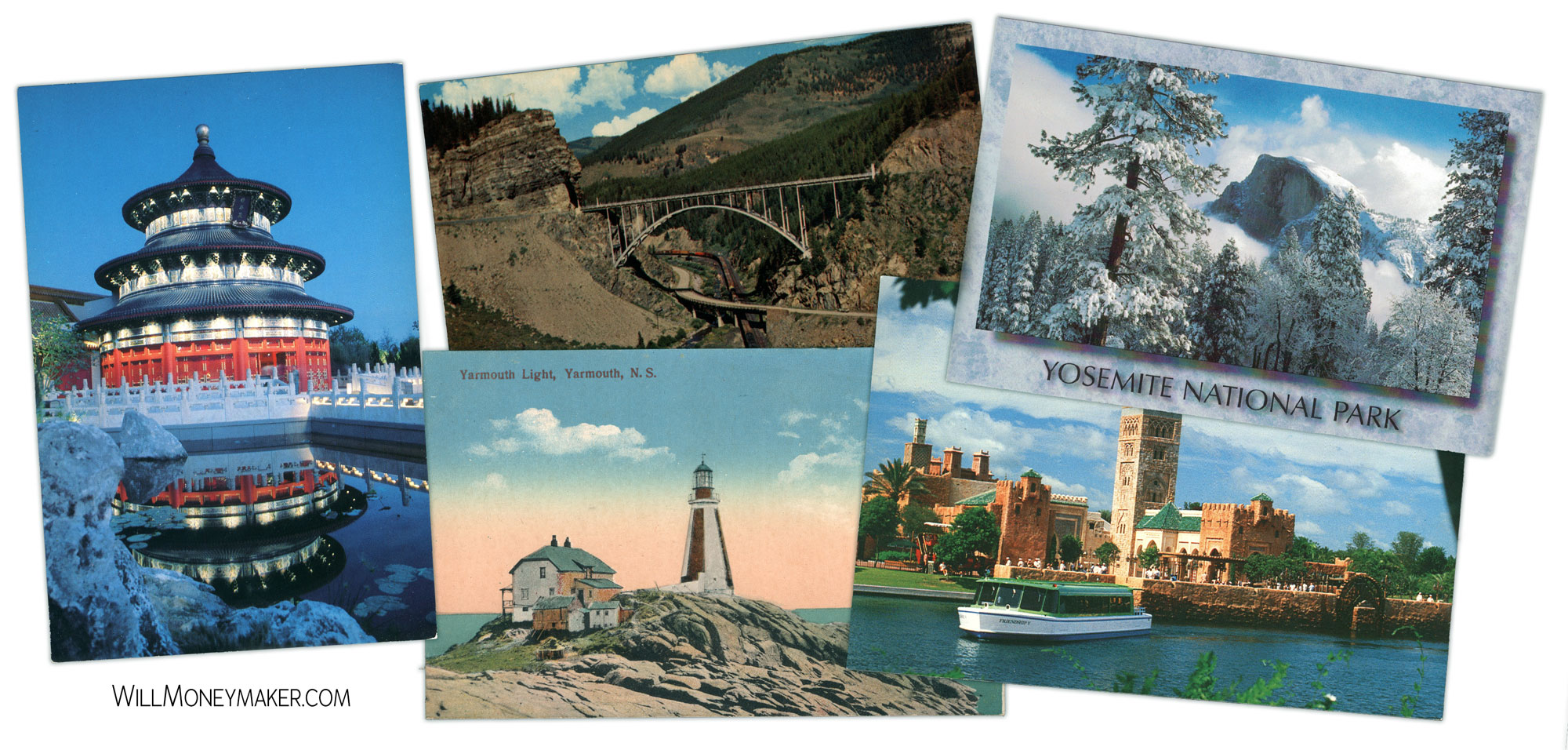Have you ever flipped through an old family album or browsed antique photos online and noticed that hardly anyone is smiling? It almost looks like people from the past never had much fun. But the truth is, the story behind those solemn faces is a mix of technology, culture, and changing ideas of what a photo should capture.
The Early Camera Struggle
Long Exposure Times
In photography’s infancy, the process was slow. Early daguerreotypes and ambrotypes often required subjects to stay perfectly still for several minutes. Imagine trying to hold a grin that long without your face twitching. A neutral or serious look was easier to maintain. Photographers even used headrests or braces hidden behind subjects to keep them steady. A blink or twitch could ruin the whole plate.
Daguerreotypes and Ambrotypes
Each of these early formats had its quirks. Daguerreotypes, introduced in 1839, offered stunning detail but needed long exposure. Ambrotypes and tintypes shortened the time a bit, but people were still expected to sit motionless under strong light. These technical limits explain why portraits looked stiff and formal.
Cultural Vibes on Smiling
Photography Was a Ceremony
Unlike today’s endless selfies, having a portrait made in the 1800s was a big event. Families wore their best clothes, combed their hair just so, and treated the session like a serious milestone. The idea was similar to sitting for a painted portrait: dignity mattered more than spontaneity.
The Status of a Smile
In many cultures, smiling broadly was seen as informal or even undignified. A restrained look signaled seriousness, respectability, and refinement. Teeth were rarely shown, partly because dental care wasn’t great, and partly because open-mouthed grins were linked with silliness or drunkenness in caricatures of the time.
When Smiles Became Snap-Worthy
The Kodak Revolution
Things began to shift in the late 1800s when Kodak introduced roll film and affordable cameras. Suddenly, you didn’t need to go to a studio. Families could capture their own moments at home, at picnics, or on vacations. Exposure times dropped dramatically, making it possible to catch natural expressions and movement.
Advertising and Media Influence
By the early 20th century, smiling in photos had become fashionable. Kodak’s marketing campaigns encouraged people to capture “Kodak moments” full of fun and laughter. Movies and magazines reinforced the idea that a smile was a sign of beauty, health, and happiness. Celebrities and advertisements promoted the big grin as the modern look.
Post-War Optimism
After World War II, smiling portraits became almost universal. Cameras were fast, flash bulbs lit up any room, and society embraced cheerful optimism. A photograph without a smile started to look odd, especially as the mid-century advertising world sold smiling faces as the standard of joy and success.
Smiles Through the Ages
When we compare the stern faces of the 19th century with the candid snapshots of today, we see more than just a change in expressions. We see the influence of technology, culture, and social values. Early photography demanded patience and composure, while modern photography celebrates speed, fun, and authenticity.
Today, we carry cameras in our pockets and can snap hundreds of photos in seconds. Some show laughter, some show seriousness, and some even recreate those old solemn looks for fun. Each image reflects not only the moment but also the era’s attitude about what a portrait should say.
Takeaway for Photographers
Understanding why old photos look the way they do helps us see photography as more than just pictures. It’s a mirror of history, technology, and culture. When you frame your next shot, you’re adding your own chapter to that story. Whether you choose a toothy grin, a subtle smile, or even a solemn look that nods to the past, you’re working in a tradition that stretches back nearly two centuries.
So next time you snap a selfie or capture a portrait, give a little thought to those early pioneers who held their poses for minutes at a time. We’ve come a long way, and every smile (or lack of one) tells us something about the age it came from.





